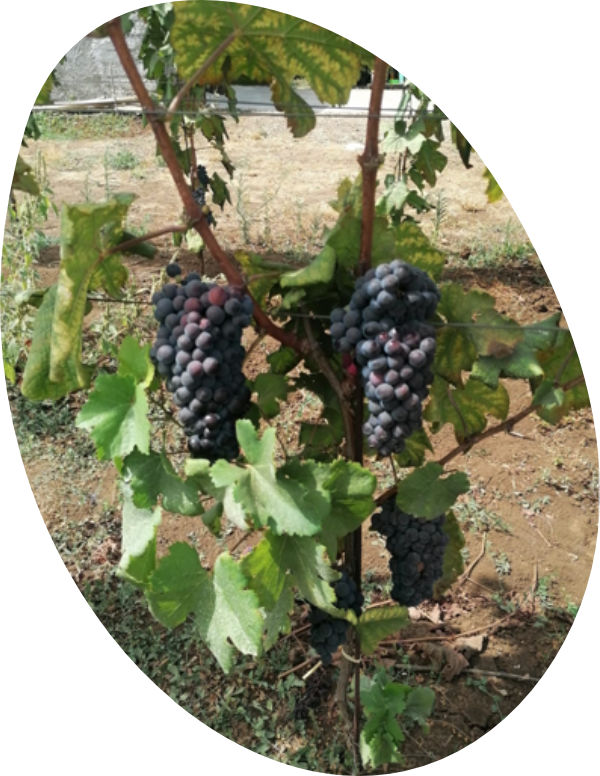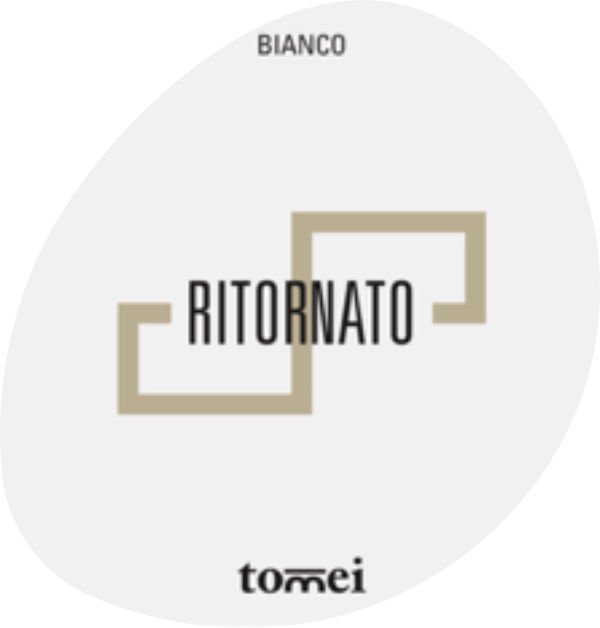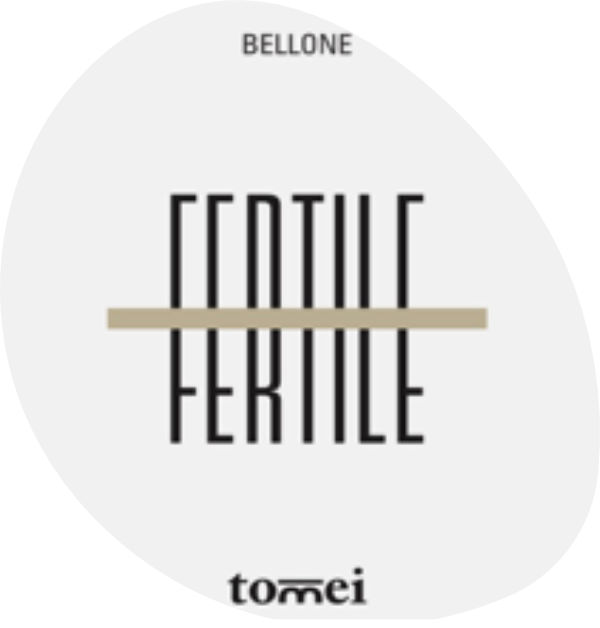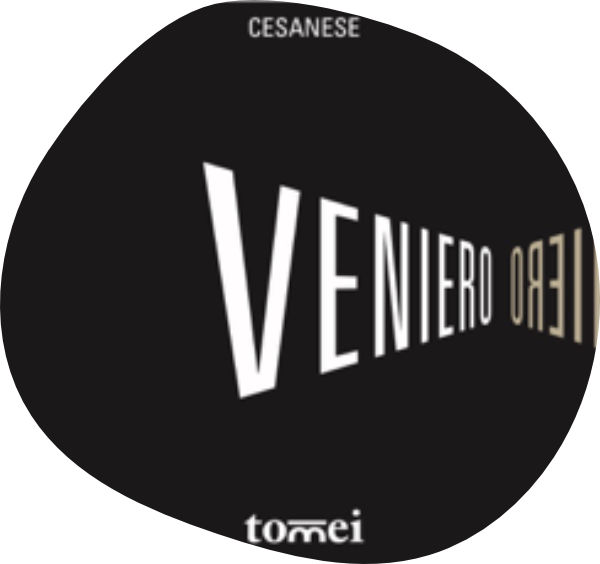A few months ago I met Marco Tomei the producer of Tomei wine and I soon understood that I was about to deal with one of the most genuinely exciting person on the wine scenes today, his passion goes well behind the farming it spreads to wine drinkers like only few people can do!!
I guess this what it make and incredible wine a unique experience…

Tomei was founded in 2017, from the tradition and farming experience of our family. The land, owned by our family for three generations, was mainly cultivated with vegetables and wheat with small portions of vineyards.
Our winery sits in the municipality of Sezze, in the area of the ancient Arches of San Lidano: a bridge of Roman origin that connected the ancient Via Setina with the famous Appian Forum and which today represents and identifies our company logo.
Our choice from the very beginning has been to plant exclusively native Agropontino vines: Bellone and Ottonese with white grapes, Cesanese and Abbuoto with black grapes.
Abbuoto is a celebrated ancient vine dating back to the time of the Roman emperors, Augustus’ favorite wine whose earliest records date back to the time of Pliny around the first century AD. Especially for the latter, being a vine at risk of genetic erosion, we have launched an important recovery and research project.
The company’s goal and focal point is the recovery of the territory and its biodiversity, marrying biodynamic agriculture and eliminating the use of chemicals both in the vineyard and in the cellar. Ours is a very simple and artisanal winery with a few essential machines and neutral wine vessels: terra cotta and cement.
The processing of the grapes takes place with spontaneous fermentation using indigenous yeasts, in order to obtain a strongly identifying wine that expresses the Terroir to the maximum.

Ritornato, traditional peasant vinification from Sezze, embodies our interpretation of Ottonese grown according to the principles of biodynamics. Spontaneous fermentation and maceration with skins for four days. Refines in terracotta amphora for eight months and then rests in the bottle.
Not clarified, and unfiltered. Intense golden yellow color. On the nose hints of yellow fruit and citrus, in particular peach, yellow meloned pineapple. On the palate, it is mineral, juicy and slightly tannic. Perfect
when paired with well-seasoned fish based dishes, but also with first courses of white meat sauce and cheeses of medium seasoning
Ottonese, is a white grape variety, extremely generous and very distinctive, its origin is unknown and most likely Spanish. In our area, it was called Gli’ottonese or Bomvino and was often confused with the Bellone grape.

As fertile, rich and generous as
the soil of the Pontine countryside, Fertile embodies our expression of the Bellone grapes grown according to the principles of biodynamics.
Spontaneous fermentation and maceration with skins for four days. Refines in terracotta amphora for eight months and then rests in the bottle. Not clarified and unfiltered.
Intense yellow color.
On the nose, hints of white-fleshed fruit, especially pears, apple and cantaloupe melon. On the palate, it is fresh, mineral, deep and very balanced. Perfect in combination with shellfish and seafood in general,
also excellent with soft cheeses and as an aperitif.
Bellone is a white grape variety characteristic of Lazio, known by many different names and with very long history. Bellone is a well-known grape variety since the time of the ancient Romans when it was described by Plinio as “everything sauce and must”.
Veniero, named derived from the ditch Uenère (countryside area around Sezze cultivated with black grapes), is our interpretation of the Cesanese. Spontaneous fermentation and maceration with the skins for ten days; refines in terracotta amphora for eight months and rests in the bottle. Not clarified and unfiltered.

Medium intense ruby red color.
On the nose hints of graphite and red fruit, in particular cherry, red currant and raspberry. On the palate, it is mineral and savory, juicy and rightly tannic.
Excellent when paired with elaborate first courses, red meat-based main courses and wild game and also with seasoned cheese.
Cesanese is a black grape variety, characteristic of Lazio, widespread since ancient times in the Agro Pontino area. In the Monti Lepini area in which Sezze sits, it was also called Nero Ferrigno. The name probably derives from Cesarese, which links it with its Roman origins. However, it is mentioned in the sources only since the 19th century.

